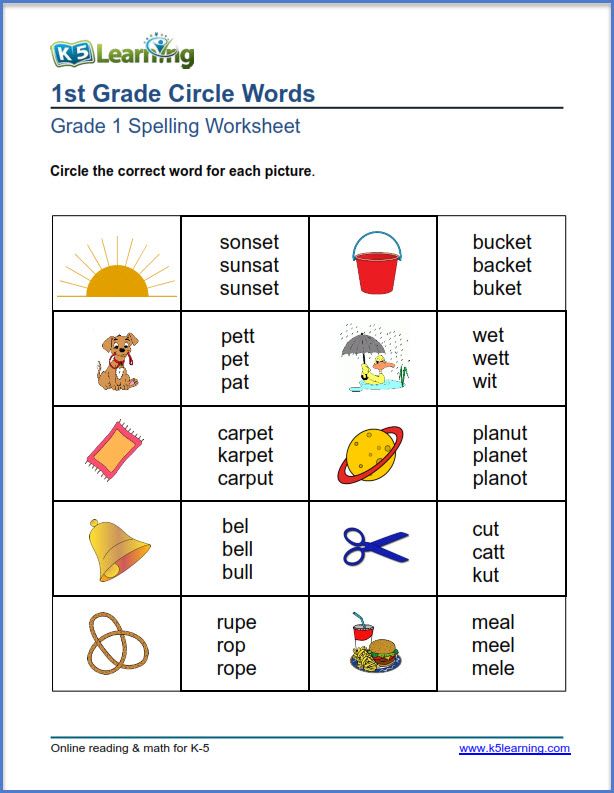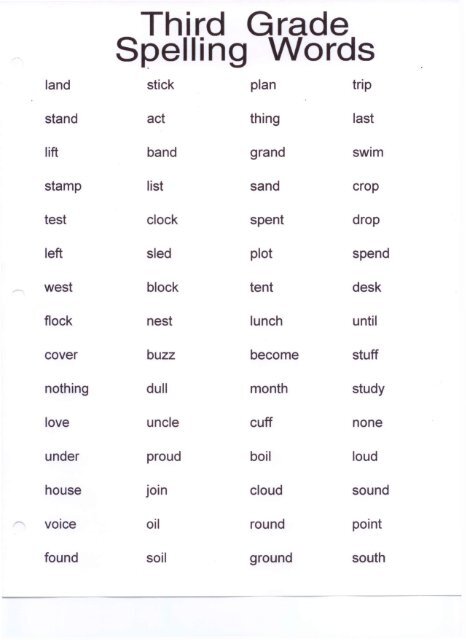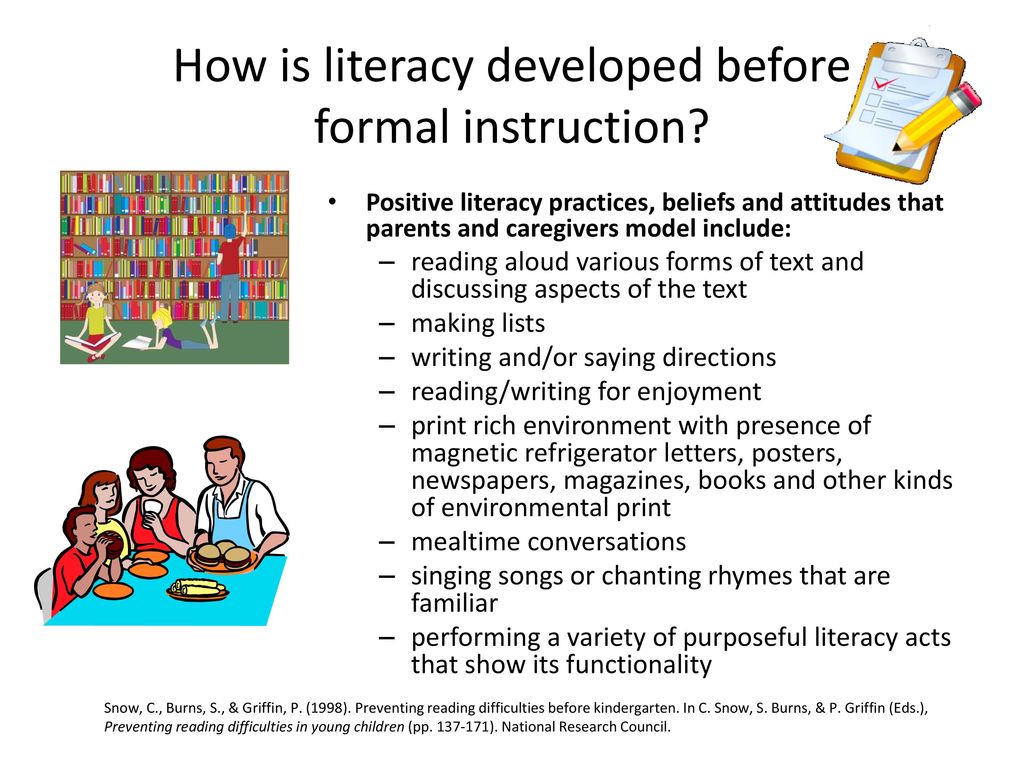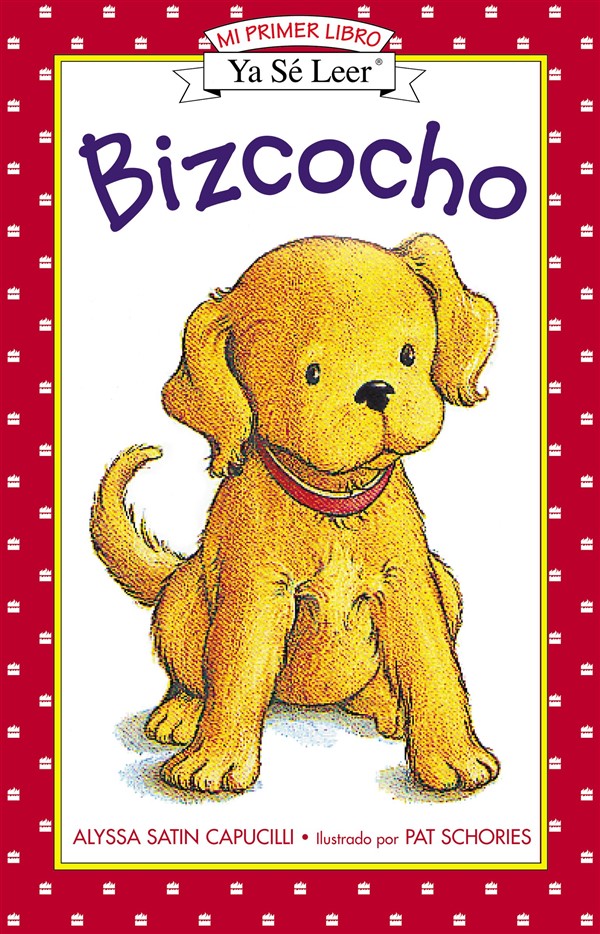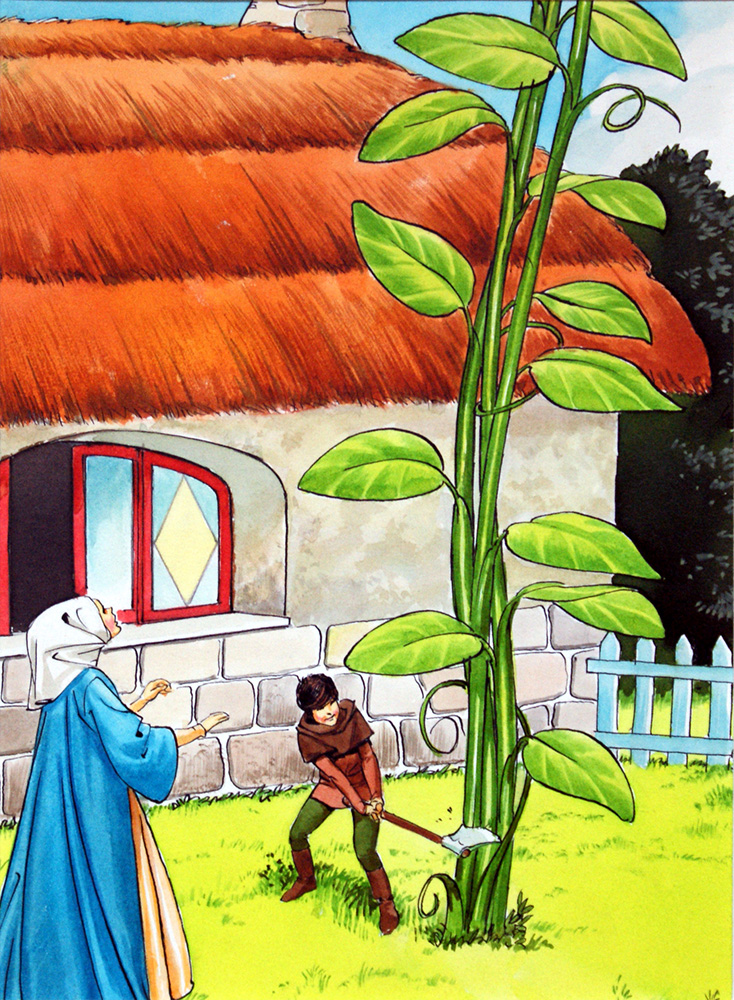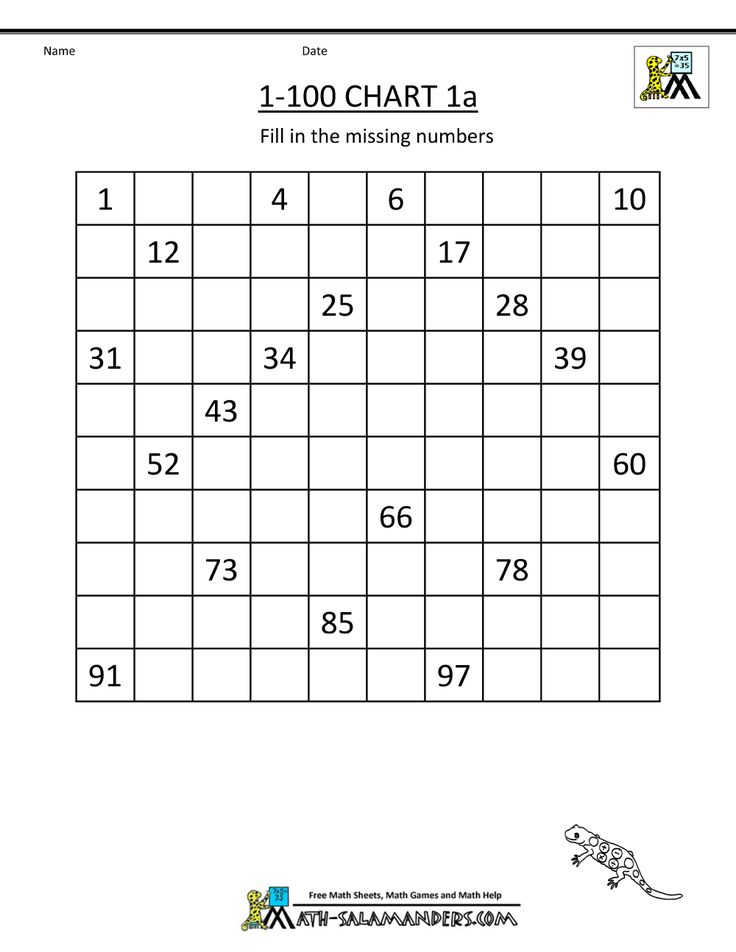What is humpty dumpty based on
The Egg-citing Truth Behind Humpty Dumpty
We all know the story of Humpty Dumpty. He sat on a wall, had a great fall, and none of the king’s men could put him back together again. Neither could their horses. It’s one of those classic, beloved nursery rhymes that generations have grown up with.
As with a lot of these iconic old tales, though, things aren’t as they seem here. Not at all. Incredibly, the original Humpty Dumpty wasn’t an egg. “He” was probably a cannon!
The Origin Of The Egg
For the most part, children’s TV shows, picture books and the like continue to depict the character in one of two ways: either as a human with strangely egg-like qualities, or just a plain old anthropomorphic egg. Heck, DC Comics even created a villain named Humpty Dumpty (real name Humphry Dumpler), a nemesis for Batman whose only real crime is a compulsive desire to take apart and “fix” all mechanical items he comes across.
As supervillains go, Humpty Dumpty is less than stellar, and as depictions of the original Humpty Dumpty go, the whole egg thing really doesn’t cut it. If you want to know where the iconic image of Humpty as an egg came from, you’ve got to take a look back at Lewis Carroll’s similarly-beloved novel, Through the Looking-Glass.
The novel was published back in December 1871 and its sixth chapter is simply titled “Humpty Dumpty.” Here’s what happens when Alice meets the character:
“…the egg only got larger and larger, and more and more human: when she had come within a few yards of it, she saw that it had eyes and a nose and mouth; and when she had come close to it, she saw clearly that it was Humpty Dumpty himself. ‘It can’t be anybody else!’ she said to herself. ‘I’m as certain of it, as if his name were written all over his face.'”
Here, then, is the Humpty Dumpty most of us know today: a huge, bizarre, sentient egg. He’s even sitting precariously on a high wall, as per tradition. If you’re familiar with Lewis Carroll’s tales of Wonderland, you’ll know that this is exactly the kind of odd character who would fit in perfectly around here. But there’s the rub: Carroll seems to have created the idea of Humpty as an egg himself!
But there’s the rub: Carroll seems to have created the idea of Humpty as an egg himself!
Humpty Dumpty The… Cannon?
The original story pre-dates Carroll’s take on the character. According to a number of military historians, Humpty Dumpty was the name of a cannon used by the Royalists during the English Civil War.
The conflict raged from 1642 to 1649, and in June of 1648, Humpty Dumpty was stationed on the walls of Colchester. It was one of several cannons erected to try and keep Parliament’s army from taking the city. The next month, however, the Parliamentary forces heavily damaged the walls beneath Humpty Dumpty with their own artillery. You can guess where this is going: Humpty Dumpty had a great fall, and broke into pieces.
As for that business with all the king’s horses and all the king’s men, it seems those lines can be taken literally. The Royalists, or Cavaliers, were very much the king’s men, fighting in support of King Charles I—who would go on to lose the war and his head, pathing the way for Oliver Cromwell’s brief stint as Lord Protector.
An Egg-cellent Theory
This all fits together very neatly, but there’s no decisive evidence that the tale is the origin of the nursery rhyme. In 15th-Century England, “Humpty Dumpty” was a common snarky nickname for somebody who was a little on the large side. Muddling the matter further, it’s also been suggested that Charles I himself was Humpty Dumpty, having been toppled from a great height by his Parliament. Those loyal to him certainly couldn’t put him back in his lofty position, after all!
There were many sudden and dramatic falls from grace over this period of the country’s history, and others have also been put forward as possible inspiration for the story. Richard III’s defeat at the Battle of Bosworth Field, for instance. The Colchester cannon is certainly the most popular theory, though, and what a tale it makes.
By Chris Littlechild, contributor for Ripleys.com
What are the origins of ‘Humpty Dumpty Sat on a Wall’, and what do the lyrics mean?
30 July 2021, 09:40
What are the origins of ‘Humpty Dumpty Sat on a Wall’, and what do the lyrics mean? Picture: AlamyBy Rosie Pentreath
@rosiepentreath
We explore the origins, history and lyrics of one of the most popular children’s songs in the English-speaking world.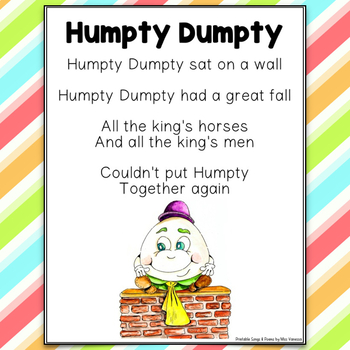
Humpy Dumpty sat on the wall is one of the nation’s most enduringly popular nursery rhymes.
But who was Humpty Dumpty? What brought him to that wall? And how did he fall off?
We unpack the origins, history, lyrics and meaning of one of the most well-known children’s songs in the English-speaking world.
Read more: ‘Old MacDonald Had a Farm’ reworked in the style of Beethoven is a stroke of genius
What are the origins of ‘Humpty Dumpty Sat on a Wall’?
In 1870, a chap called James William Elliott included ‘Humpty Dumpty’ when he collected together a load of English nursery rhymes and songs, set them to music, and published them in a volume called Mother Goose’s Nursery Rhymes and Nursery Songs Set to Music, with beautiful engravings by London engravers, The Brothers Dalziel.
Before that, the rhyme can be traced back to the 18th century, and variations in lyrics (see below) have been recorded over time. It’s not clear who originally conceived the four-line poem.
It’s not clear who originally conceived the four-line poem.
Who was Humpty Dumpty?
Humpty Dumpty is the protagonist of the English nursery rhyme, ‘Humpty Dumpty Sat on a Wall’.
Perhaps due to his fragility revealed in the fall, he has often been portrayed as an egg – including by actor George L. Fox in his Broadway pantomime Humpty Dumpty, and by Lewis Caroll in his weird and wonderful Alice’s Adventures in Wonderland.
Read more: There are lyrics to ‘Happy Birthday’ that you literally never knew about
What is the meaning behind the nursery rhyme?
There are other theories around the meaning of ‘Humpty Dumpty’. Some historians believe Humpty Dumpty was simply a device for a riddle around breakable things.
Others have suggested that Humpty Dumpty is King Richard III of England, who is supposed to have been humpbacked and who was defeated at the Battle of Bosworth Field in 1485.
We could assume Humpty Dumpty is the King, the wall is his reign and fight to preserve power, the fall is his defeat, and ‘All the king’s horses and all the king’s men’ the army that failed to prevail.
Another theory is that Humpty is actually a cannon. During the English Civil War, history says, a one-eyed gunner named Thompson managed to get a cannon – colloquially called ‘Humpty Dumpty’, to the top of the tower of St Mary at the Walls church and wreak untold destruction on the forces below, before return cannon fire dislodged the pair of them. Hence “had a great fall”.
Alice meets Humpty Dumpty. Picture: AlamyA professor David Daube once had a fourth theory to add. In 1956, he posited that ‘Humpty Dumpty’ might have been reference to an armoured siege engine that was deployed unsuccessfully in the 1643 Siege of Gloucester during the English Civil War. This one was soon dismissed as a bit of a spoof by academics – but not before English composer Richard Rodney Bennett took the plot and ran with it for his children’s opera, All the King's Men.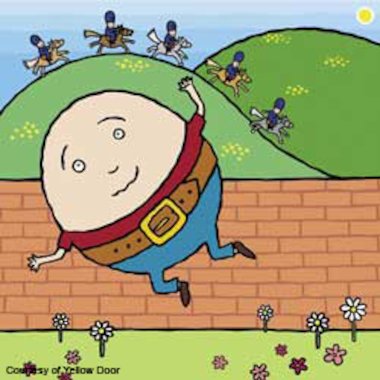
Interestingly, Francis Grose’s Classical Dictionary of the Vulgar Tongue from 1785 – we’re totally imagining this as the Urban Dictionary of its time – defines ‘Humpty Dumpty’ as “a short clumsy person of either sex; also ale boiled with brandy”, so the rhyme could have derived from either meaning.
Although – we have a bit of a chicken or the egg dilemma here: what came first? ‘Humpty Dumpty’ the Grose definition as chicken, or ‘Humpty Dumpty’ the egg? Take a look at the lyrics, and see what you think...
Humpty Dumpty Sat on a Wall – full lyrics
Humpty Dumpty sat on a wall.
Humpty Dumpty had a great fall.
All the king’s horses and all the king’s men,
Couldn’t put Humpty together again.
Humpty Dumpty – oldest known lyrics (1797)
Humpty Dumpty sat on a wall,
Humpty Dumpty had a great fall.
Four-score Men and Four-score more,
Could not make Humpty Dumpty where he was before.
Humpty Dumpty - biography of the character, image and character, quotes
Character history
A character in British children's literature. Appears in poems for children, fairy tales and literary works. He is best known for the book Alice Through the Looking-Glass by Lewis Carroll.
Appears in poems for children, fairy tales and literary works. He is best known for the book Alice Through the Looking-Glass by Lewis Carroll.
History of creation
Initially, Humpty Dumpty is a character in a nursery rhyme, which was included in the fairy tale collection “Tales of Mother Goose”. Several such collections have been released. One collected and published by the French poet Charles Perrault in 1697 year. In England, a century later, collections of classic nursery rhymes called "Mother Goose Melodies" were published.
Humpty DumptySince then, Humpty has "roamed" through dozens of literary works and has firmly entered English culture. In modern colloquial English, the expression "humpty dumpty" ("humpty dumpty") is used to mean "fat shorty" or "what has fallen or crashed and cannot be restored."
The etymology, or the meaning of the expression as such, most likely goes back to the name of a large fortification weapon, which was used during the years of the civil war in Britain (mid-seventeenth century).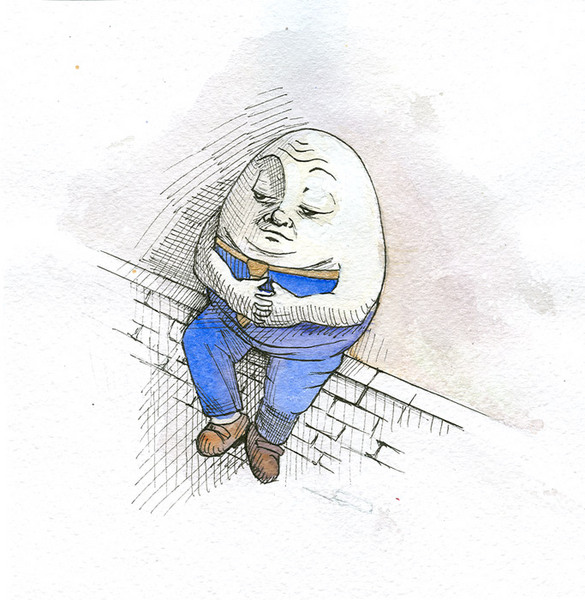 In the summer of 1648, supporters of Oliver Cromwell besieged the heavily fortified city of Colchester. A huge cannon was installed on the wall near St. Mary's Church, which in conversations was given the unofficial nickname "Humpty-Dumpty".
In the summer of 1648, supporters of Oliver Cromwell besieged the heavily fortified city of Colchester. A huge cannon was installed on the wall near St. Mary's Church, which in conversations was given the unofficial nickname "Humpty-Dumpty".
Later, a cannon shot brought down part of the wall under the gun, the gun fell to the ground, and the soldiers were unable to establish it again due to the fact that the Humpty Dumpty was too heavy. The “all royal men” failed to raise and launch the “Humpty” again due to the weight of this machine. As a result, Colchester was surrendered to the enemy.
Alice Through the Looking-Glass
Humpty Dumpty is known to the Russian reader mainly as a character in Lewis Carroll's Alice Through the Looking-Glass. In this book, the hero appears as a huge anthropomorphic egg, which is wearing a tie. Alice, the main character, buys a simple egg from the Sheep's shop, which the White Queen has previously turned into. This egg grows and, in turn, turns into Humpty Dumpty.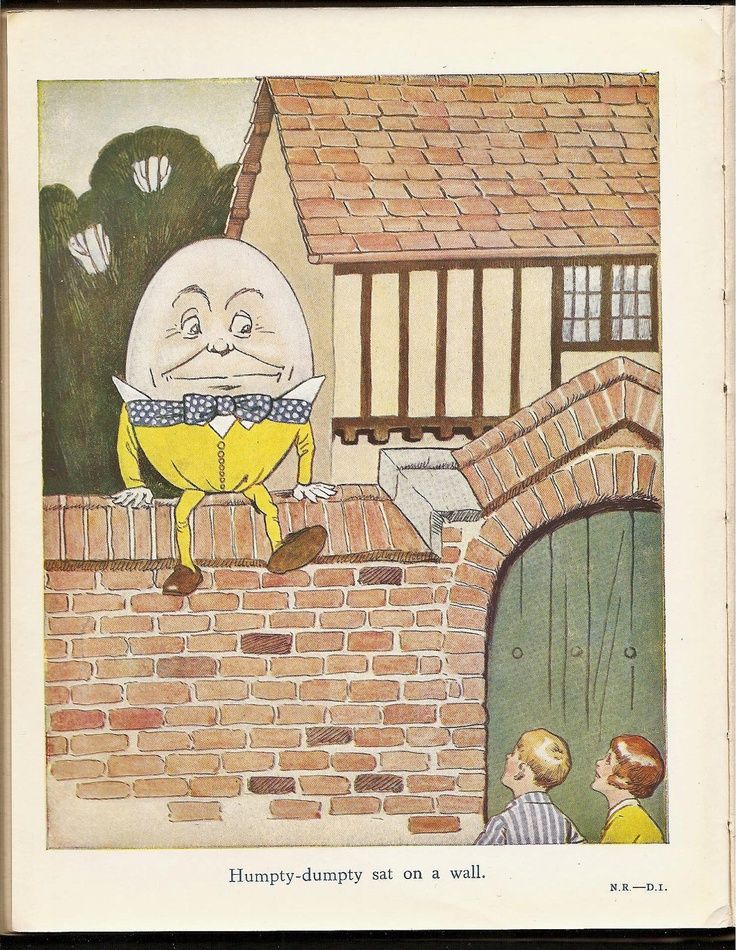 Alice is trying to make out the words in the Jabberwock Poem, and Humpty helps the girl by sitting on a high wall with her legs crossed.
Alice is trying to make out the words in the Jabberwock Poem, and Humpty helps the girl by sitting on a high wall with her legs crossed.
Carroll, who was a mathematician by profession, put his own position on some controversial issues of science at that time into the mouth of Humpty Dumpty. According to the hero, every name must mean something, and words have only the meaning that the hero himself gives them. As a mathematician, Carroll saw no point in finding out what mathematical concepts "really" were, and felt that it was only necessary to define them. This point of view prevailed in the end.
Humpty Dumpty is a person close to the White King. The hero claims that the White King presents him with gifts on his “unbirthday”, that is, every day all year round, with the exception of the actual birthday. When Humpty Dumpty falls and breaks, the King sends to collect the hero all his own cavalry and army. The egg-shaped Humpty Dumpty, among other things, does not distinguish one human face from another and tells Alice at parting that he will not recognize the heroine if he meets again.
Screen adaptations
The character Humpty Alexander Dumpty appears in the DreamWorks Pictures cartoon "Puss in Boots". It is a spin-off of the Shrek series released in 2011. Humpty Dumpty here is a childhood friend of Puss in Boots with whom Puss has unpleasant memories. The cat met Humpty in an orphanage, where he ended up as a kitten. As children, the buddies steal a lot in order to find and get the magic beans that Humpty dreams of. But later, when the Cat tries to get off the criminal path, Humpty Dumpty sets up a former accomplice.
Humpty Dumpty in the cartoon "Puss in Boots"Humpty Dumpty is voiced by American comedian Zach Galifianakis, known for the films of the "Bachelor Party" series. In the Russian dub, Humpty is voiced by Diomid Vinogradov.
In the same 2011, another cartoon was released, where Humpty Dumpty appears - "The Fantastic Flying Books of Mr. Morris Lessmore". This short fifteen-minute cartoon won the Academy Award for Best Animated Short Film.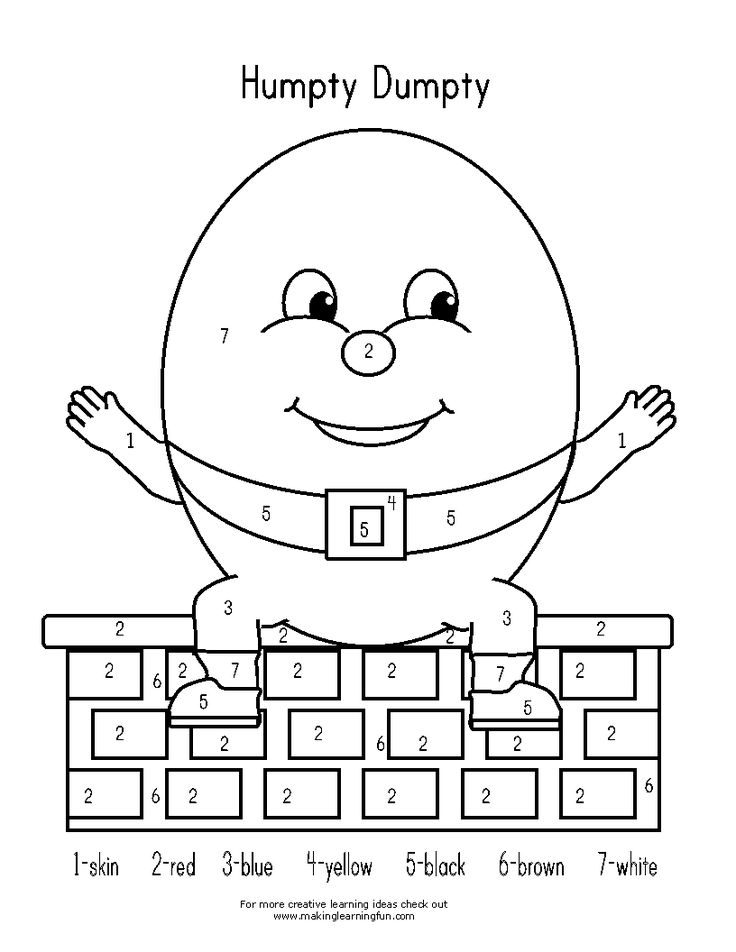 Humpty Dumpty is also one of the key characters here. Humpty Dumpty comes to life on the pages of a book sent to the protagonist by a flying girl. The revived Humpty leads the hero to the library, where anthropomorphic books live. Film directed and written by William Joyce.
Humpty Dumpty is also one of the key characters here. Humpty Dumpty comes to life on the pages of a book sent to the protagonist by a flying girl. The revived Humpty leads the hero to the library, where anthropomorphic books live. Film directed and written by William Joyce.
In 1968, the American family film "Children in Toyland" was released. Humpty Dumpty is there as a minor character working in a toy factory.
In 1983, the creative association "Ekran" released a puppet cartoon "Humpty Dumpty" based on folk English songs for children translated by Samuil Marshak.
Quotations
The poem about Humpty Dumpty translated by Marshak is mainly known in Russian:
“Humpty Dumpty
Sitting on the wall.
Humpty Dumpty
Fell off in his sleep.
All royal cavalry,
All royal troops
Can't Humpty,
Can't Dumpty,
Humpty Dumpty,
Humpty Humpty,
Humpty muster!
Dumpty | it's.
 .. What is Humpty Dumpty?
.. What is Humpty Dumpty? This term has other meanings, see Humpty Dumpty (meanings).
Shaltai-Boltai (eng. Humpty Dumpty ) is a character in many classic English nursery rhymes, very well known in the English-speaking world. [1]
|
Contents
|
Through the Looking Glass
Is the hero of Lewis Carroll's book Through the Looking Glass, where he looks like a large humanoid egg with a tie. Appears on the sixth chess cell in the Looking Glass. Alice finds him in the shop of the Sheep that the White Queen has turned into. Humpty Dumpty transforms from an ordinary egg that Alice bought. He sits in Turkish style on a high wall and acts as a sage through the mirror, who helps Alice to comprehend the meaning of the words from the poem about Jabberwock. Humpty Dumpty insists that every name must mean something.
Humpty Dumpty insists that every name must mean something.
In addition, he claims that words have the meaning that he himself gives them. Behind this statement are the disputes of mathematicians of that time, what is raising to a negative power, etc. Carroll the mathematician was of the position that one should not look for what the mathematical concept "really" is, but give a definition. This point of view eventually prevailed.
He has a special affinity for the King, receives gifts from him for his "non-birthday" (that is, all other days of the year except one). After the fall of Humpty Dumpty, the White King sends "all the king's cavalry, all the king's men" (English all the King's horses and all the King's men ) in order to collect it.
Character Story
Possibly the rhyme "Humpty Dumpty" was dedicated to King Richard III, who actually fell off the wall during the battle of 1485. [2]
Initially, the poem about Humpty Dumpty was included in the Tales of Mother Goose. In modern English, the word "humpty dumpty" (humpty dumpty) has two meanings: "fatty-shorty" and "a thing that has fallen or broken and unrepairable."
In modern English, the word "humpty dumpty" (humpty dumpty) has two meanings: "fatty-shorty" and "a thing that has fallen or broken and unrepairable."
Historically, the Humpty Dumpty is believed to have been a large fortress weapon. The story of him is connected with the events of the civil war in England (1642-1649), which took place during the siege of the city of Colchester by Cromwell's supporters in the summer of 1648. The Royalists heavily fortified Colchester. A huge cannon, colloquially called "Humpty-Dumpty" ("Humpty Dumpty"), was mounted on a wall next to St. Mary's Church. During the siege, the parliamentarians managed to damage the wall below the Humpty Dumpty with a cannon shot, and the gun fell to the ground. The royalists tried to install "Humpty Dumpty" on another part of the wall. However, the cannon was so heavy that "all the king's men and all the king's horses were unable to lift it again". As a result, the royalist forces were severely undermined and the strategically important Colchester fell after an 11-week siege.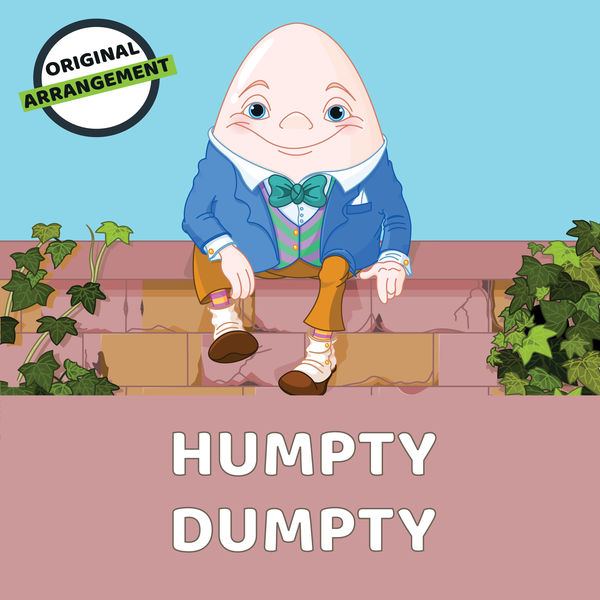
Saying goodbye to Alice, Humpty Dumpty says that the next time they meet, he won't recognize her because he can't tell her face from other people's faces. Thus, Lewis Carroll gives one of the first descriptions of prosopagnosia - a mental disorder, expressed in the inability to recognize faces. Informally, this disorder is sometimes referred to as "Humpty Dumpty Syndrome". [3]
In Kurt Vonnegut's Cat's Cradle, this famous verse was chosen by the translators as a demonstration of the dialect. In the original, the demonstration is made over the verse "Twinkle, Twinkle, Little Star", little known to the Russian reader. [ source unspecified 850 days ]
A line from a poem about Humpty Dumpty was chosen by R. P. Warren as the title of his famous novel All the King's Men.
The character is not currently forgotten. His image was used in the Kinder Surprise commercial [4]
The text of the original poem
Humpty Dumpty had a great fall.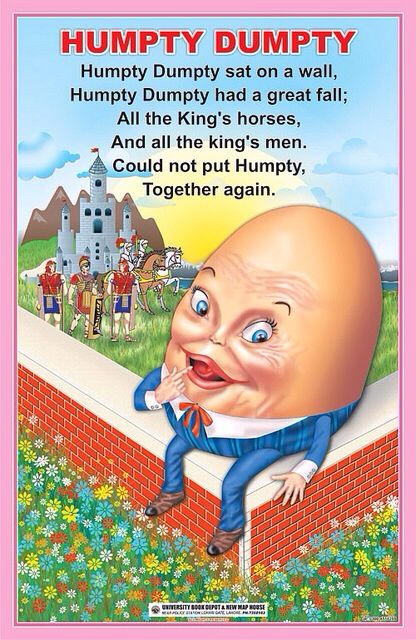 All the king's horses, And all the king's men, Couldn't put Humpty together again. [1] |
There is another version of the poem:
| Humpty dumpty sat on a wall, Humpty dumpty had a great fall; Threescore men and threescore more, Could not place Humpty as he was before. [5] |
In Russian, the poem is known in the translation of S. Ya. Marshak:
| Humpty Dumpty Sitting on the wall. Humpty Dumpty Fell off in his sleep. All royal cavalry, All royal troops Can't Humpty, Can't Dumpty, Humpty Dumpty, Humpty Humpty, Humpty Dumpty muster! |
Reflection in art
Movies
- In the animated film "Puss in Boots" (2011), Humpty "Alexander" Dumpty is a friend of Puss in Boots.
 They were both orphans in an orphanage.
They were both orphans in an orphanage. - In the same year, Humpty Dumpty appears as one of the main characters in the Oscar-winning cartoon Mr. Morris Lessmore's Fantastic Flying Books.
- Humpty Dumpty also appears in the animated film "Kids in Toyland", where he works in a toy factory.
Video games
In American McGee's Alice, Humpty Dumpty sits on a broken wall, his head is crushed, and he smokes a cigar. He refuses to talk to Alice.
Literature
- Kuttner G. Humpty Dumpty. Novel. - 1953.
- Kibirov T. Yu. Humpty Dumpty. Sat. poems. - SPb., 2002.
- Demin R. N. Apollo and Humpty Dumpty as mentors of philosophy // Philosophical sciences . - 2006. - No. 3.
Notes
- ↑ 1 2 I. Opie and P. OpIford Dictionary of nursery Rhymes. — Oxford: Oxford University Press, 1951; 2nd edn.




